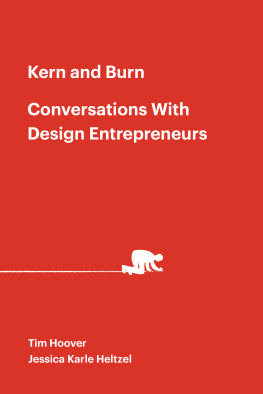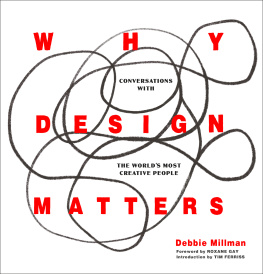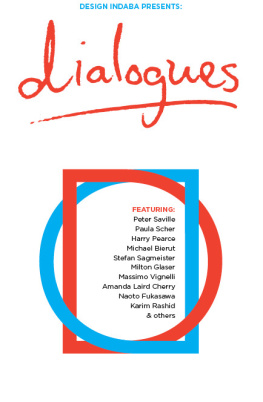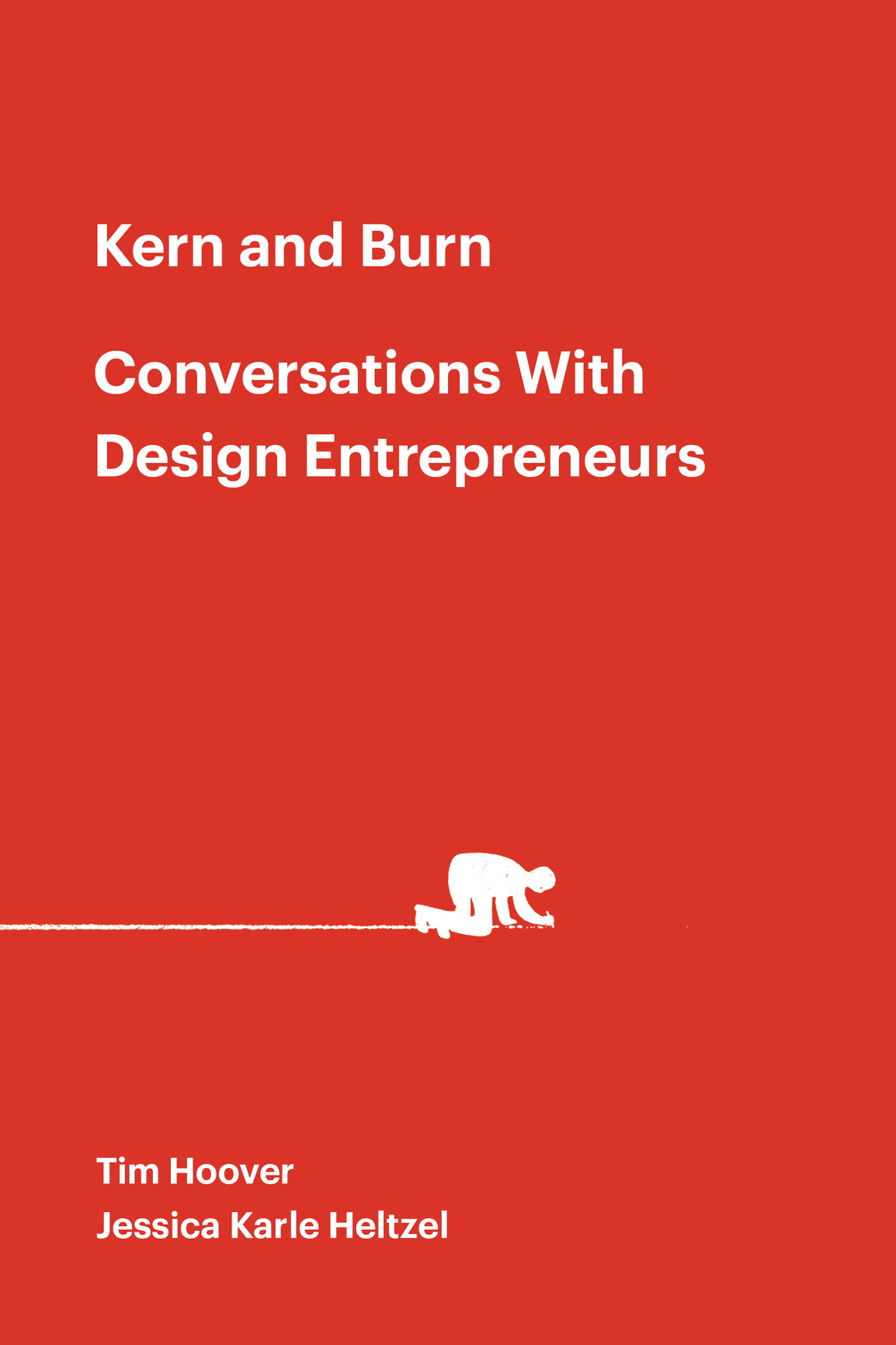Foreword
Keenan Cummings
I
I graduated from design school with boundless optimism, jumping from the bubble of university life into a post-recession real world, where hope was a rare commodity. I believed that design could induce change that it could shape the way we understand and interact with our world.
I moved to New York for a lead design position at a two-person shop and considered myself lucky to be employed, even though we didnt have a single client. We filled our time with small-scale side projects that we hoped would land us paying jobs. The projects did lead to new clients, and the cash started rolling in.
For the first time in my career, I felt like a legitimate designer but I wasnt challenged; I was comfortable. I left my first job for an in-house position at a large corporation, and my optimism quickly turned to cynicism. I realized that I didnt want to be handed a creative brief with a prescribed set of constraints. I wanted to discover and define the problems, develop the constraints, and build the processes that would lead to a deeper level of problem solving. I wanted to be credited and accountable for every part of the process. I wanted to build things that were a little less perfect, but more fully mine.
I knew that an alternate universe was out there one that defied my experience I just needed to find the path.
II
In creative work, we often talk about several kinds of seeing. We learn observation: We notice and synthesize interesting or inspiring things that easily can be passed over. We master inspection, focusing and refining down to the tiniest details. We practice perception, the human side of observing, which is a mix of noticing and empathy. But theres an illusive type of seeing we refer to as vision the ability to see beyond the current context and, almost tangibly, sense possible futures.
I wanted to do more meaningful work, but found myself wandering. I had no clear vision for what my possible future could look like. The only way I could hope to make out the horizon was through relentless iteration.
So thats what I did.
I jumped into another job and tried my hand at many roles. I started side projects. I launched blogs, wire-framed products, drafted business plans, and did case studies on existing products that I wanted to improve. I went to events, took evening classes, met people for advice and feedback, often harsh.
I failed several interviews and collaborated with new-found friends. I felt around in the dark, but it was better than sitting comfortably waiting for a light to turn on. After six months of struggling and grasping to find the right path, I met a cofounder and built a company that makes me incredibly proud. In one stroke, everything appeared to fall neatly into place. In reality, it was more of a beginning than an end, and there was nothing neat about it. A week after I decided to leave my stable job a steady paycheck, benefits and opportunities waiting for me up the chain my wife gave birth to our son.
Despite new and extraordinary life changes, I left behind all options for the path I chose. In a single year, I built my company and developed the most important thing in my career a vision for my work.
III
Steve Jobs said, When you grow up, you tend to get told that the world is the way it is, and [you just live your life] inside the world, try not to bash into the walls too much, try to have a nice family life, have fun, save a little money. Thats a very limited life. Life can be much broader, once you discover one simple fact, and this is, everything around you that you call life was made up by people that were no smarter than you. And you can change it, you can influence it, you can build your own things that other people can use. Once you learn that, youll never be the same again.
I discovered the real opportunity for designers is to not only shape the world and decide its path, but to provide ways for others to do the same.
This book is an ode to creators and builders, those who have found their vision and pursued it with force. What these entrepreneurs have in common is that deep down, in their hearts and bones, theres something a bit spiritual that stirs them. It moves mouse and mind, and it produces pixels and poetry.
We put tools into the hands of improbable artists, helping them build communities and connections, and chart paths that encourage creativity and foster influence.
These unlikely makers come from all corners of the world and have diverse backgrounds and upbringings, but the products we create provide ways for them to reach beyond their immediate context and tell stories about the people they want to be not just the people circumstances have decided they are. Theres a moment when they, too, can come to believe their work might, in some small way, influence how others see and interact with their environment. As developers of these tools, communities and pathways, we get to design that moment and shape the world.
Introduction
Introduction
In 1957, seven of the worlds top scientists, engineers and physicists set out to convince Robert Noyce a brilliant 29-year-old Midwestern physicist to leave their jobs at Shockley Semiconductor Laboratory and join them in a new business venture. These seven men were some of the best minds in electronics, and they knew their collective abilities far outweighed the opportunities presented to them at Shockley, a Palo Alto, Calif.-based company that built transistors and was started by Nobel Prize-winning physicist William Shockley. They also knew they needed Noyce to lead them.
Noyce was hesitant.
Mid-20th Century American culture encouraged young, aspiring employees like Noyce to put in their time, climb the corporate ladder and eventually retire from the same company in which they started. They were taught to believe in the ideas and vision of their employer. Hierarchy was king and traditional values celebrated loyalty. Riskand entrepreneurship were reserved for the privileged few.
When Noyces attempts to convince his colleagues to stay at Shockley failed, he joined them, and the group announced their plans to quit. They received a letter from their superiors that read:











